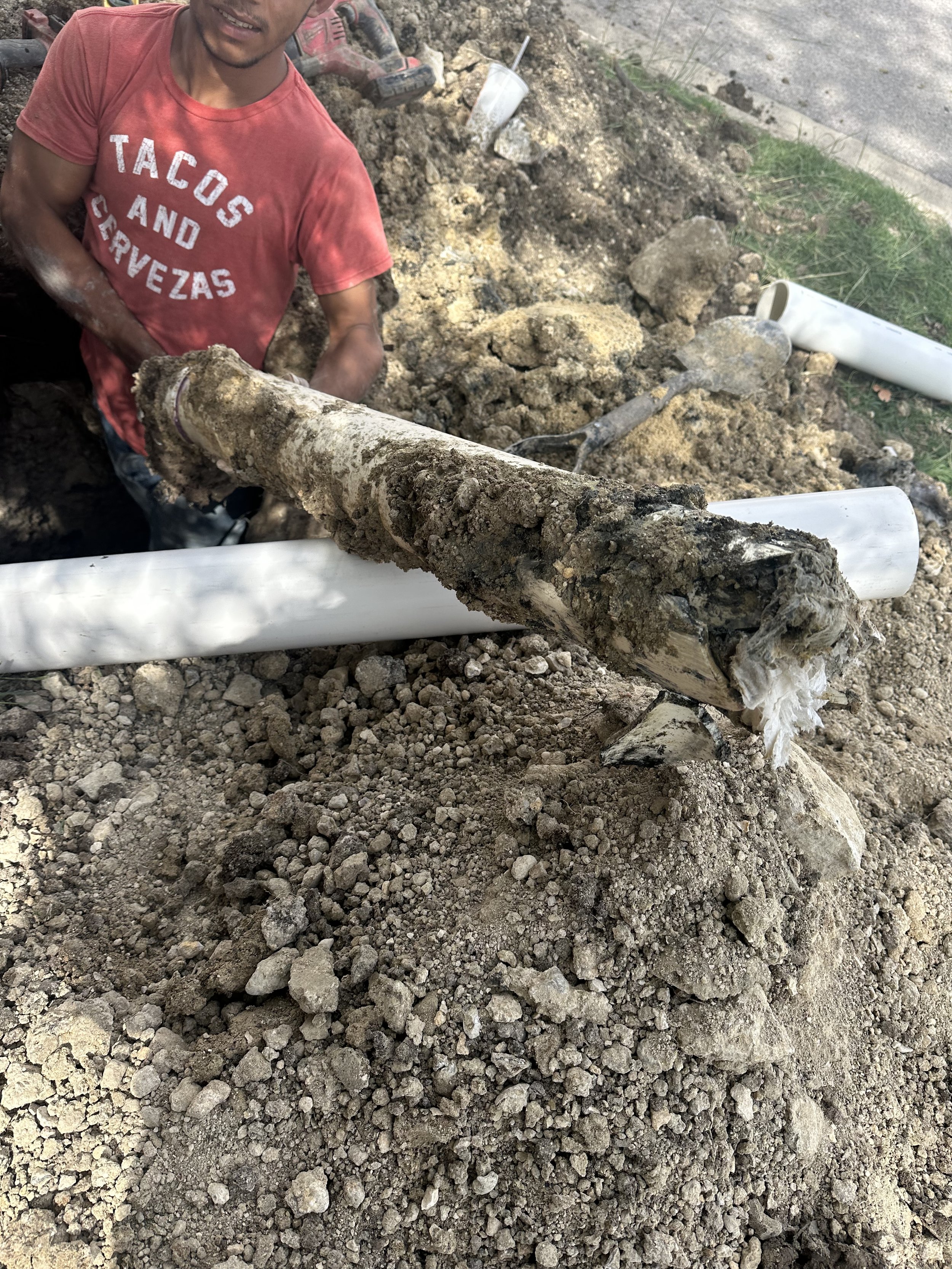The water service line, also known as the water main, is a crucial link between your property and the municipal water supply. Over time, these lines may degrade, leading to leaks, diminished water pressure, and other complications. For homeowners and property managers, comprehending the repair and replacement procedures of water service lines is vital to maintain a secure, dependable, and efficient water supply. This article offers a comprehensive guide to the processes involved in fixing or renewing a water service line.
Assessment and Inspection the initial step in addressing water service line issues is to assess and inspect the current line. This task is carried out by professional plumbers or utility companies who scrutinize the line for problems like leaks, corrosion, or obstructions. They might employ advanced tools, including cameras and leak detection devices, to pinpoint the exact nature of the issue. Following a thorough assessment, they can decide on the most suitable method for repair or replacement.
Permits prior to starting any repair or replacement operations, it's imperative to secure the necessary permits and comply with local regulations. These stipulations vary across different areas, so it's important for homeowners or property managers to consult with their local authorities or utility services to grasp the specific requirements in their region. Ignoring these regulations can lead to penalties or additional legal repercussions..
Excavation is often required to reach the water service line. This process entails creating a trench that follows the route of the line. The trench's dimensions and depth vary based on factors such as the line's location, the closeness of other utilities, and the condition of the soil. To guarantee both safety and efficiency, experts employ specialized excavation machinery and methods.
Line Repair should an assessment conclude that a repair is adequate, the compromised portion of the water service line can be restored. Typical repairs involve sealing leaks, substituting corroded or fractured pipe sections, or clearing obstructions. Depending on the particular problem and the state of the line, plumbers might use different repair techniques, including spot repairs or pipe relining. After repairs are finalized, the line undergoes testing to ensure its integrity and proper water flow prior to the trench being backfilled.
Line Replacement when the water service line is significantly damaged or beyond its service life, it may require a full replacement. This process entails the removal of the old line and the installation of a new one. The choice of replacement pipe material usually depends on its durability, resistance to corrosion, and adherence to local codes. Frequently used materials are copper, PVC, and HDPE (high-density polyethylene). After installation, the new line is tested, connected to the main water supply, and the excavation site is refilled.
Site Restoration once repair or replacement tasks are finished, the excavation site must be returned to its original condition. This process involves refilling the trench with suitable materials, compacting the soil, and securing adequate drainage. The specifics of restoration will differ based on the property's landscaping and any structures like sidewalks or driveways impacted by the excavation. Restoring the site is crucial to avoid safety risks and maintain the property's visual appeal.
Concluding the matter, it's vital for homeowners and property owners to comprehend the entire process. Acknowledging the stages, from assessment and inspection through to excavation, repair, replacement, and ultimately site restoration, enables individuals to make knowledgeable choices and maintain clear communication with the professionals managing the project. Prompt attention to repairing or replacing failing water service lines is essential to preserve the safety, dependability, and efficiency of the property's water supply..







